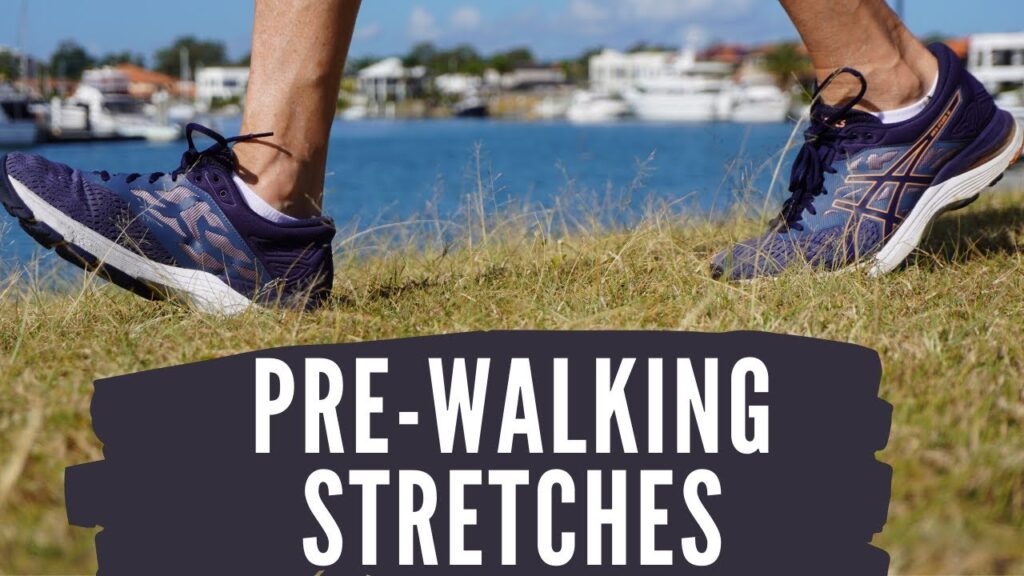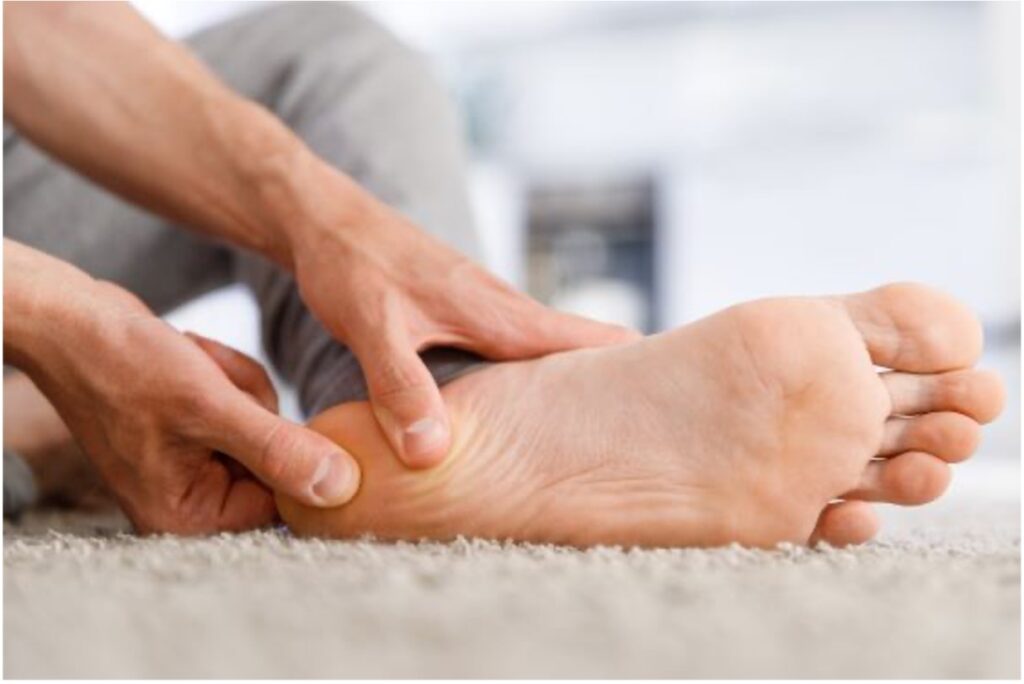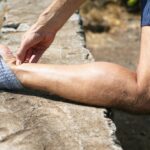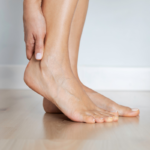May is National Walking Month, an annual campaign that encourages people to walk more and enjoy the benefits of walking for their physical and mental health. Walking is a great way to stay active, improve your cardiovascular health, and boost your mood. As a foot and ankle surgeon, I’m often asked about the best ways to look after your feet while walking, and what common foot and ankle problems people can experience when walking regularly. In this post, I’ll be sharing some tips for looking after your feet during National Walking Month, as well as some of the most common foot and ankle problems that people might experience.
What are the health benefits of walking?
Walking is a weight bearing exercise, as you are carrying your own body weight when you walk. There are lot’s of health benefits associated with walking more. Some of the benefits of walking include:
- increased cardiovascular and pulmonary (heart and lung) fitness
- reduced risk of heart disease and other cardiovascular diseases
- helps manage and improve conditions such as high blood pressure, diabetes and high cholesterol
- helps with joint and muscular pain or stiffness and long standing conditions such as osteoarthritis or osteoporosis
- stronger bones and improved balance
- increased muscle strength and endurance
- reduced body fat
- improved psychological and mental health
- stress relief
Looking after your feet during National Walking Month

1. Wear Comfortable Shoes: The right shoes can make all the difference when it comes to walking comfortably. Make sure you wear shoes that fit well and have plenty of support, such as running shoes or walking shoes. Avoid high heels, flip flops, and other shoes that don’t provide enough support for your feet.

2. Start slowly and build up gradually: If you’re not used to walking, it’s important to start slowly and build up your walking time gradually. Begin with short walks of 10-15 minutes, and gradually increase the length of your walks as you become more comfortable.

3. Stretch before and after walking: Stretching your feet and ankles before and after walking can help prevent injury and reduce soreness. Try calf stretches, ankle circles, and toe raises to warm up your feet and ankles before walking, and then repeat these stretches after your walk to cool down.

4. Pay attention to any pain or discomfort: If you experience any pain or discomfort while walking, it’s important to take a break and rest your feet. Don’t push through the pain, as this can make the problem worse. If you continue to experience pain or discomfort, see a foot and ankle surgeon for advice.
Common foot and ankle problems with walking

Blisters: Blisters can occur when your shoes rub against your skin, causing friction. To prevent blisters, wear comfortable shoes that fit well, and use moleskin or other protective pads to cushion any areas of your feet that are prone to blisters.

Plantar fasciitis: Plantar fasciitis is a common condition that causes pain in the heel and bottom of the foot. It occurs when the plantar fascia, a band of tissue that runs along the bottom of the foot, becomes inflamed. To prevent plantar fasciitis, wear shoes with good arch support, stretch your feet and calves regularly, and avoid walking or standing for long periods of time.

Achilles tendonitis: Achilles tendonitis is a condition that causes pain and stiffness in the back of the heel. It occurs when the Achilles tendon, which connects the calf muscles to the heel bone, becomes inflamed. To prevent Achilles tendonitis, stretch your calf muscles regularly, wear shoes with good support, and avoid sudden increases in your walking distance or speed.

Shin splints: Shin splints are a common condition that causes pain along the shinbone, usually on the inside of the leg. It occurs when the muscles and tendons around the shinbone become inflamed. To prevent shin splints, wear comfortable shoes that fit well, gradually increase your walking distance and speed, and avoid walking on hard surfaces.
In conclusion, National Walking Month is a great opportunity to get out and enjoy the benefits of walking. By following these tips for looking after your feet and being aware of common foot and ankle problems, you can ensure that you stay healthy and pain-free while walking. Remember, if you experience any pain or discomfort while walking, see a foot and ankle surgeon for advice. Happy walking!
Last modified: May 16, 2023







